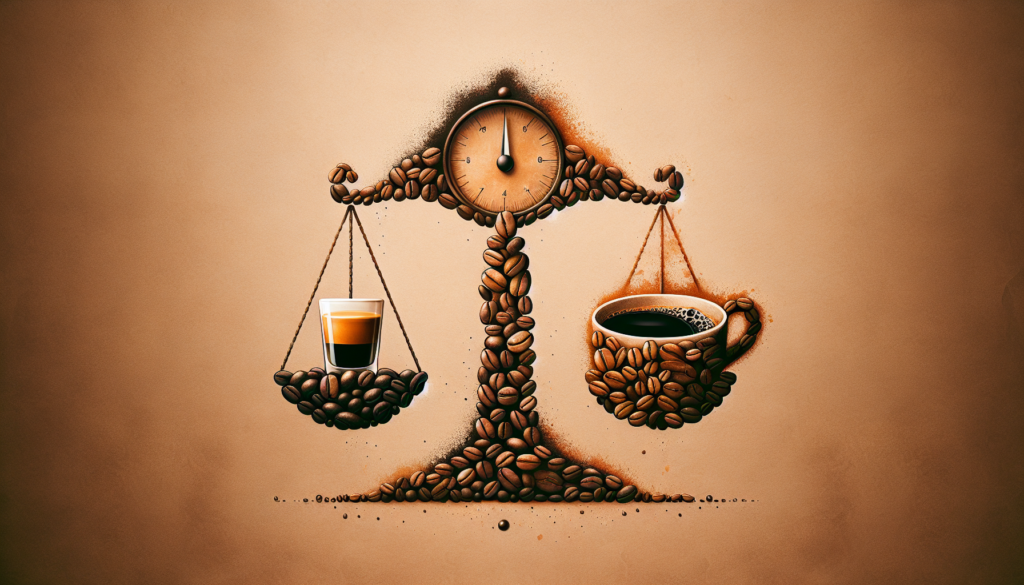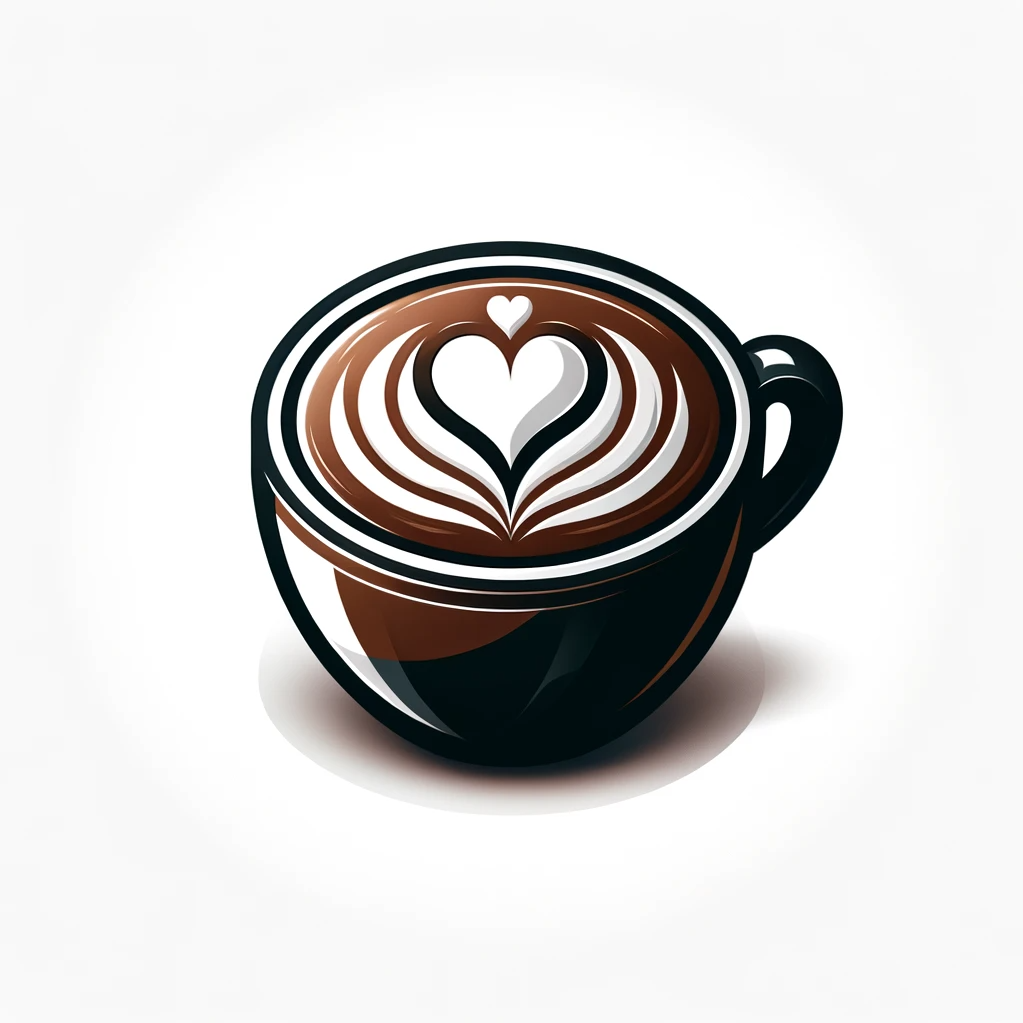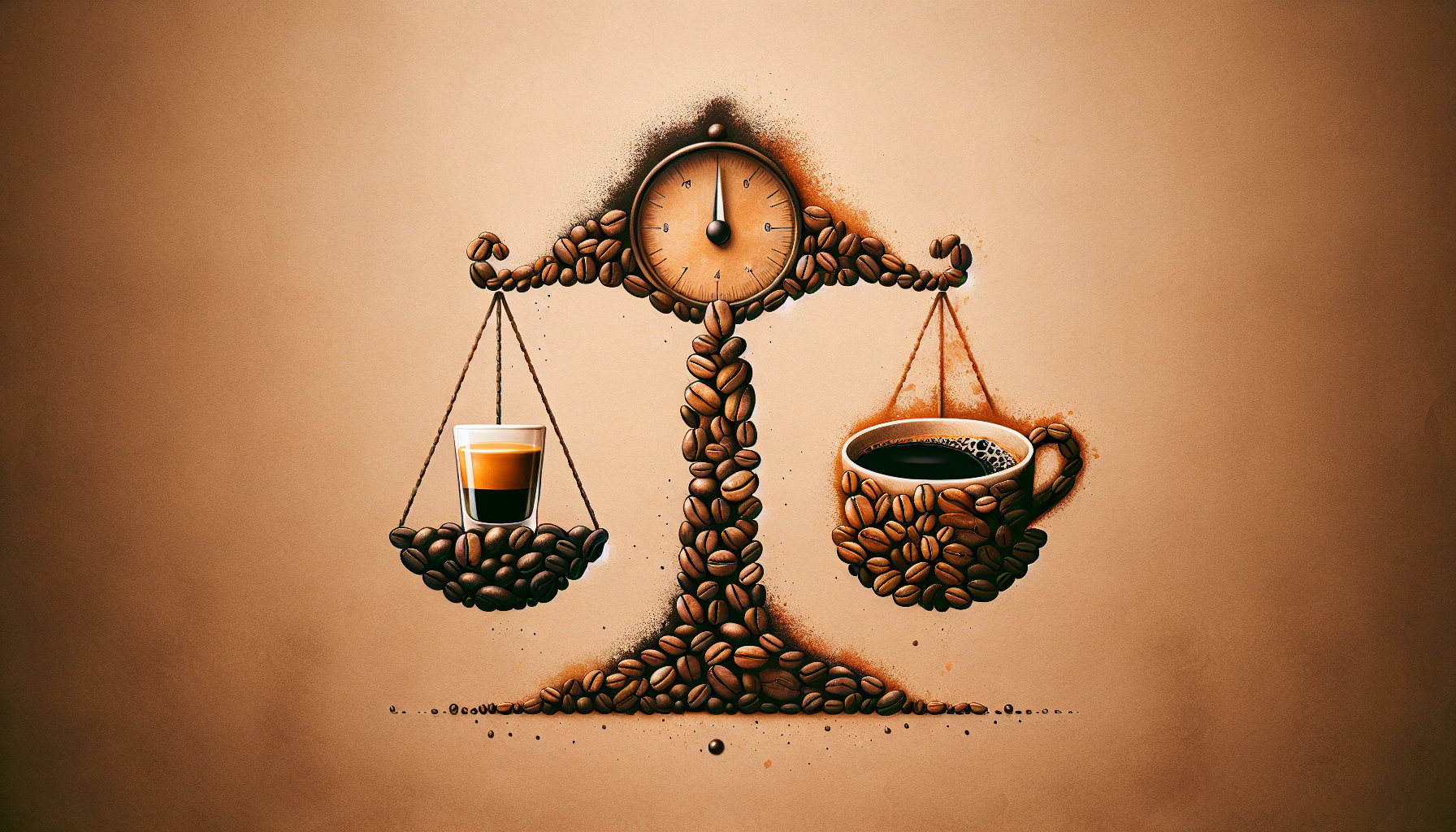Imagine waking up to the enticing aroma of freshly brewed coffee in the morning. As you eagerly anticipate that first sip, you find yourself pondering a burning question: how many espresso shots equal a cup of coffee caffeine? We all know that espresso packs a powerful punch, but understanding its caffeine content in relation to a regular cup of joe can be quite the puzzle. In this article, we will unravel the mystery and shed light on the caffeine equivalency between these two beloved caffeinated beverages. Prepare to have your morning routine enlightened!

CHECK OUT ESPRESSO MACHINES ON AMAZON
What is espresso?
Espresso is a concentrated form of coffee that is brewed by forcing a small amount of hot water, under high pressure, through finely ground coffee beans. It is known for its strong and robust flavor, as well as its rich and velvety texture. Espresso is the foundation for many popular coffee drinks, such as cappuccinos, lattes, and macchiatos.
Definition of espresso
Espresso is a type of coffee preparation method that involves the use of an espresso machine. It is made by finely grinding coffee beans and tamping them tightly into a portafilter. The portafilter is then inserted into the espresso machine, where hot water is forced through the coffee grounds at a high pressure, typically around 9 bars. The result is a highly concentrated and flavorful shot of coffee.
Difference between espresso and regular coffee
The main difference between espresso and regular coffee lies in the preparation method and the concentration of the final product. Espresso is brewed using an espresso machine, which forces hot water through finely ground coffee at a high pressure, resulting in a concentrated shot of coffee. Regular coffee, on the other hand, is typically brewed using a drip, pour-over, or French press method, where water is slowly poured over coarsely ground coffee beans, allowing the flavors to slowly extract. This results in a larger volume of coffee with a lower concentration compared to espresso.
Caffeine content in espresso and coffee
Caffeine content can vary depending on various factors, including the type of coffee beans used, the brewing method, and the serving size. Espresso is often perceived as having a higher caffeine content than regular coffee due to its concentrated nature, but this may not always be the case.
Amount of caffeine in espresso
On average, a single shot of espresso, which is approximately 1 ounce, contains around 63 milligrams of caffeine. However, it’s important to note that the caffeine content can vary depending on the type of coffee beans used and the specific brewing parameters employed. Some espresso blends or specialty coffees may have higher or lower caffeine content than the average.
Amount of caffeine in regular coffee
The caffeine content in regular coffee can vary depending on factors such as the type of coffee beans used, the brewing method, and the coffee-to-water ratio. On average, an 8-ounce cup of brewed coffee contains around 95 milligrams of caffeine. However, it’s worth noting that different brewing methods, such as drip coffee or French press, can result in varying caffeine concentrations in the final cup.
Factors affecting caffeine content
Several factors can influence the caffeine content in coffee, whether it’s espresso or regular brewed coffee. Understanding these factors can help you determine the caffeine levels in your cup.
Coffee beans and roast level
The type of coffee beans used and the level of roast can significantly impact the caffeine content. Generally, lighter roasted beans tend to have slightly more caffeine than dark roasted beans. However, the exact difference is minimal, and it may not be noticeable in the final cup. Additionally, the variety and origin of the coffee beans can also affect the overall caffeine content.
Brewing method
The brewing method plays a crucial role in the caffeine extraction process. With espresso, the high-pressure extraction method allows for a quick and efficient extraction of caffeine from the coffee grounds, resulting in a concentrated shot. On the other hand, brewing methods like drip coffee or French press involve a longer contact time between the water and the coffee grounds, which can lead to a higher overall caffeine extraction.
Serving size
The serving size of your coffee or espresso also affects the caffeine content. A standard 1-ounce shot of espresso may contain less caffeine compared to an 8-ounce cup of drip coffee. However, when considering the total amount of caffeine consumed, if you were to consume multiple shots of espresso, the caffeine content would add up, potentially surpassing that of a single cup of regular coffee.
CHECK OUT ESPRESSO MACHINES ON AMAZON
Conversion between espresso shots and cups of coffee
Understanding the conversion between espresso shots and cups of coffee can be helpful when comparing caffeine content or determining your preferred serving size.
Standard espresso shot size
A standard espresso shot is typically around 1 ounce, which is equivalent to 30 milliliters. This is the base measurement used for crafting various espresso-based beverages.
Standard cup of coffee size
A standard cup of coffee is commonly considered to be 8 ounces, which is equivalent to 240 milliliters. However, cup sizes can vary depending on cultural preferences and serving styles.
How many espresso shots in a cup of coffee?
Given that a standard shot of espresso is 1 ounce and a standard cup of coffee is 8 ounces, there would be approximately 8 shots of espresso in a cup of coffee. It’s important to note that this is an estimation, as individual preferences for coffee strength and caffeine content can vary.
Calculating caffeine content
To calculate the caffeine content, you would need to consider both the number of shots of espresso used and the size of the cup of coffee. If a standard shot of espresso contains around 63 milligrams of caffeine, and a cup of coffee contains approximately 95 milligrams, you could estimate the caffeine content by multiplying the number of espresso shots by 63 and comparing it to the caffeine content of a cup of coffee.
Health effects of caffeine consumption
Caffeine consumption has both positive and negative health effects. It’s important to be aware of the recommended intake and understand the potential benefits and risks associated with caffeine consumption.
Recommended caffeine intake
The FDA suggests that a daily caffeine intake of up to 400 milligrams is generally considered safe for most healthy adults. However, individual tolerances to caffeine can vary, and some individuals may be more sensitive to its effects. It’s essential to be mindful of your own caffeine consumption and listen to your body’s response.
Benefits of moderate caffeine consumption
Moderate caffeine consumption has been associated with several potential health benefits. It can help improve alertness, focus, and concentration. Caffeine has also been shown to boost physical performance and enhance mood. Additionally, some studies suggest that caffeine intake may be linked to a reduced risk of certain medical conditions, such as Parkinson’s disease and liver disease.
Potential side effects of excessive caffeine consumption
Excessive caffeine consumption can lead to various side effects, such as restlessness, anxiety, jitteriness, and disrupted sleep patterns. It can also cause digestive issues, increased heart rate, and high blood pressure in some individuals. It’s important to be mindful of your caffeine intake and avoid excessive consumption, especially if you are sensitive to its effects or have underlying health conditions.
In conclusion, espresso is a concentrated form of coffee brewed under high pressure, while regular coffee is typically prepared using various brewing methods. The caffeine content in espresso and coffee can vary depending on factors such as the type of beans, brewing method, and serving size. Understanding the conversion between espresso shots and cups of coffee can help in comparing caffeine content. It’s important to consume caffeine in moderation and be aware of its potential health benefits and risks. Remember, enjoying a cup of coffee or espresso can be a delightful experience, but always listen to your body and make choices that suit your individual preferences and needs.

